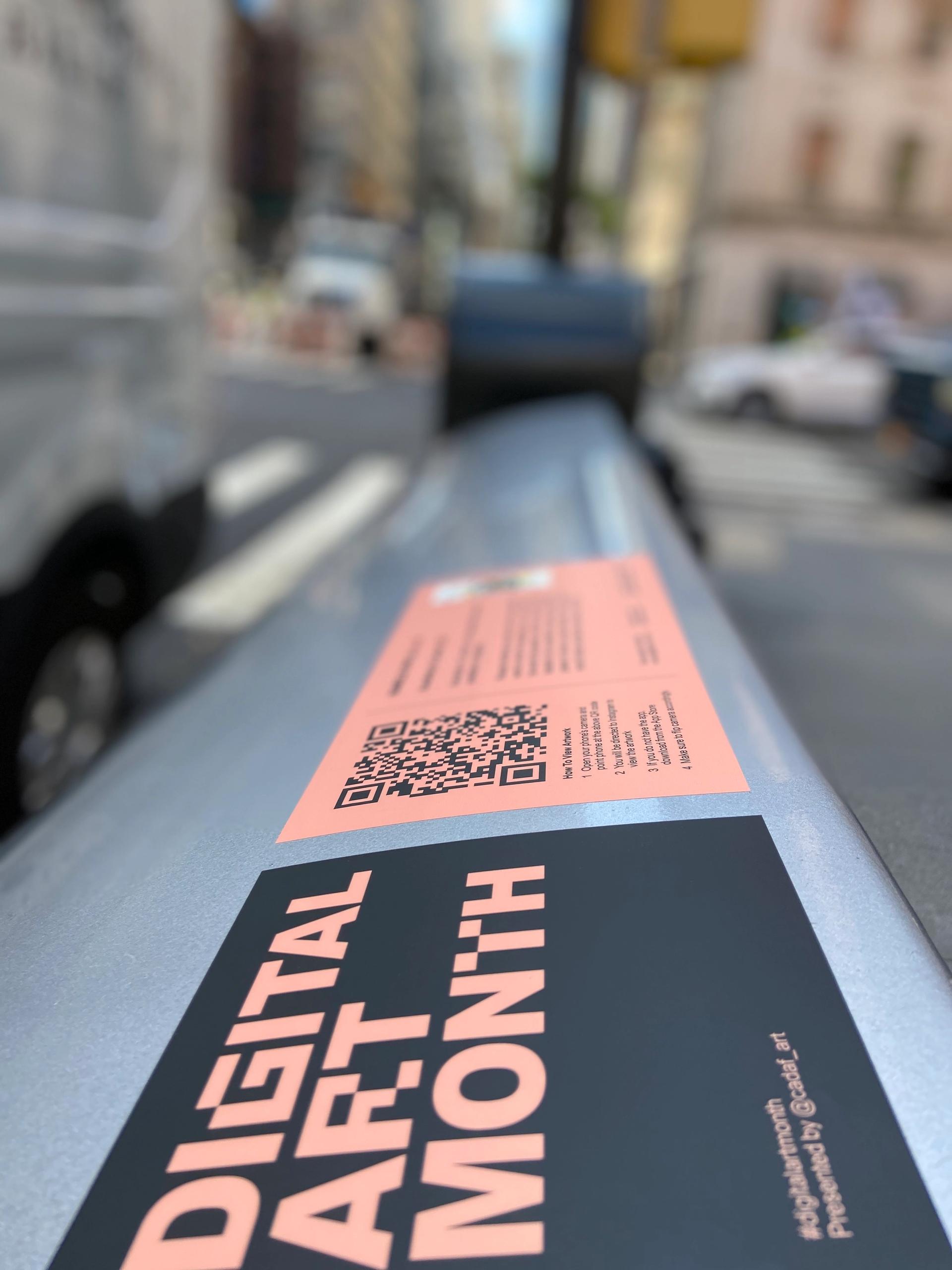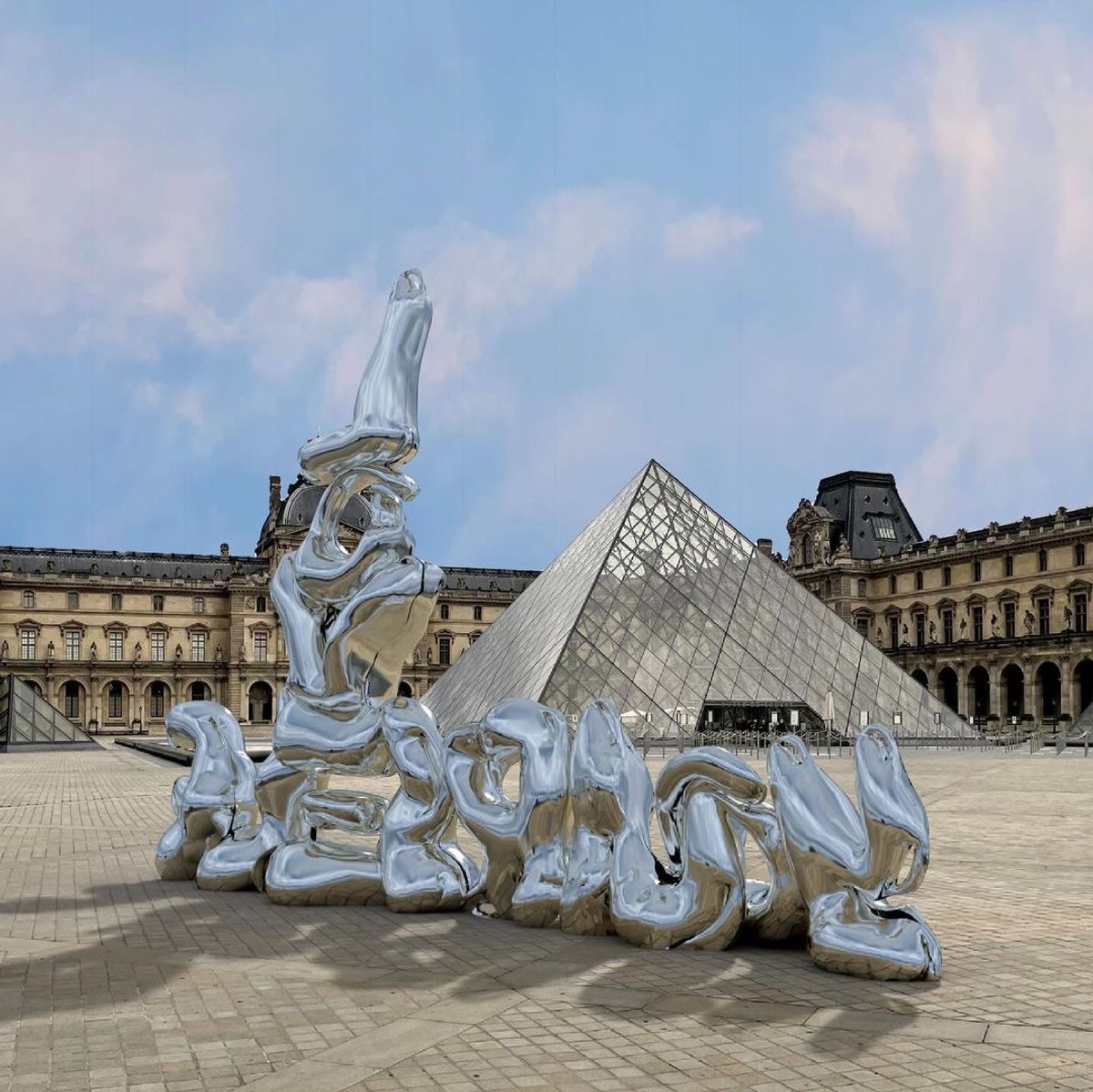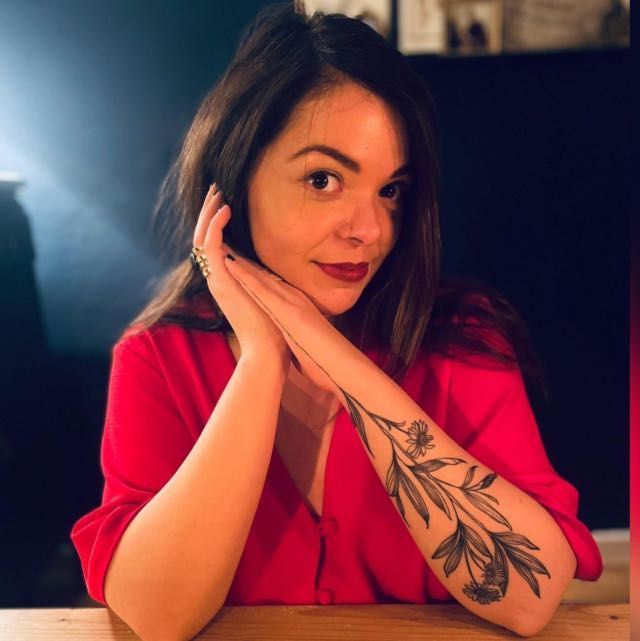It’s been a bad 18 months for art fairs, with most unable to go ahead with real-life iterations. But one art market player’s loss is another’s gain. The Contemporary and Digital Art Fair (CADAF), which sells digital art and crypto collectibles (including those much-hyped NFTs), has gone from strength to strength since it launched in 2019, cashing in on its technologically native roots. “The digital art market, even though still very niche and sort of new, has been growing exponentially this past year and sales have been better than ever,” says Andrea Steuer, the director of CADAF. “It is great to see the more traditional art market finally recognising these amazing mediums that speak the language of our time.”
On the back of successful iterations in New York and Miami last year, CADAF launched a “Digital Art Month” in Paris this month, to coincide with the second edition of its online fair (17-23 June). The city-wide programming, organised by the curator Jess Conatser from Studio As We Are, allows visitors to see digital artworks in public spaces by finding QR codes (an online map helps to locate them). Scanning the code on a smartphone brings up artist-designed augmented reality (AR) filters on Instagram. “We started Digital Art Month during the pandemic as a way to connect the general public to this new and interactive medium that allows for safe interactions while at the same time mixing your own reality with the artists’,” says Steuer.

The Digital Art Month stickers throughout Paris include a QR code, Instagram handles for participants, information about the work and a link to the fair's website where you can buy digital works Courtesy of CADAF
As well as displaying the code, colourful labels around the city show what the work should look like as well as short descriptions and the artists’ names. Instagram handles for the artists, curators and businesses who are partnering with the project also appear alongside a link to the website where works are on sale.
The QR code programming is an interesting way to give the online-only fair a real-life presence. The inaugural fair was planned to go ahead as a physical edition at La Monnaie de Paris, so the AR works root the digital event to the city it was intended for. It’s also a new tactic in making online art fairs more enjoyable and user-friendly (many of us have Online Viewing Room, or OVR, dread). Efforts have been made with the fair's website too, with features including a chat function for engaging with artists and dealers and livestreamed talks and screenings that could be watched in-screen while looking at the “virtual booths”.
Beyond the AR filters, Instagram plays a role in CADAF’s networking, marketing—and, ultimately, sales. “Instagram is very important to us, we use it as a tool of communication and community building with artists,” says Steuer. “It is also one of the most important sales platforms for art with [research showing] that around 80% of art buyers go on Instagram to discover new artists.”



